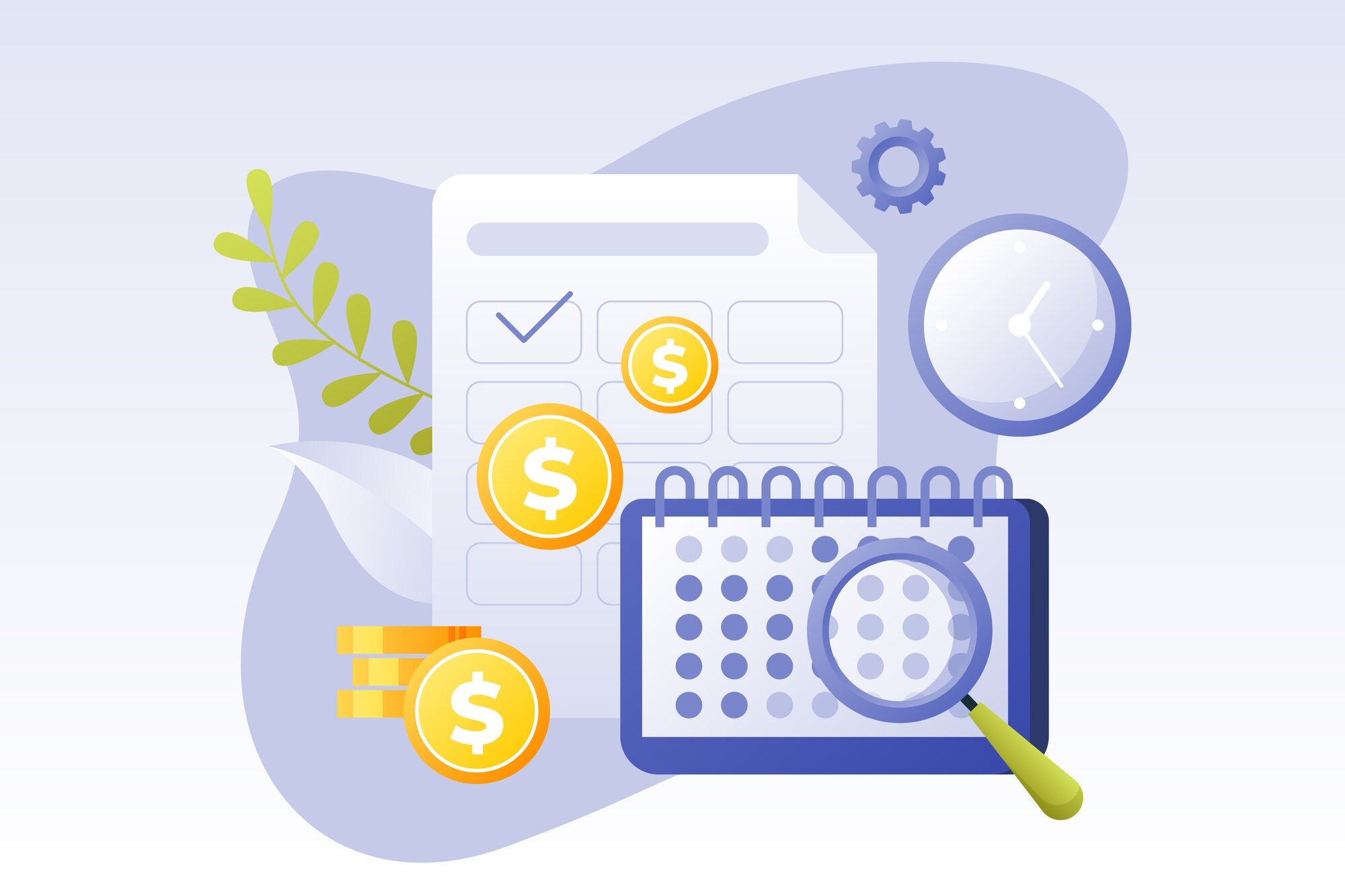Best Pay Schedule for Employees & Contractors
Introduction
Choosing the right pay schedule is one of the most critical decisions for any business. Payroll frequency impacts cash flow, compliance, and employee satisfaction. Whether you manage hourly staff, salaried employees, or independent contractors, selecting the correct schedule ensures smooth operations and happier employees. This guide explores different payroll schedules, their advantages and disadvantages, and best practices for making informed decisions. For additional insights, see our complete payroll guide.
Employees vs. Contractors: Key Differences
Before choosing the right pay schedule, it is essential to distinguish between employees and contractors:
- Employees: Receive regular paychecks, may qualify for benefits, and have payroll taxes withheld. Employers are responsible for tax reporting and compliance.
- Contractors: Paid according to contract terms, often monthly or per project. Contractors manage their own taxes and benefits.
Understanding this distinction is crucial when choosing the right pay schedule. Labor laws often require minimum pay frequencies for employees but offer flexibility for contractors. For more details, check our paycheck stubs guide.
Common Pay Schedules
There are four common pay schedules: weekly, bi-weekly, semi-monthly, and monthly. Each has benefits and drawbacks depending on your business type, workforce size, and industry norms.
Weekly Pay
Weekly pay means employees are paid once per week, usually on Fridays. This is common in retail, hospitality, and construction industries.
- Pros: Provides frequent income, improves budgeting, supports employees with variable expenses, and boosts morale.
- Cons: High administrative burden with 52 payroll runs per year and potential cash flow strain for employers.
Bi-Weekly Pay
Employees are paid every two weeks, totaling 26 pay periods annually. Bi-weekly pay balances convenience for employers with predictability for employees.
- Pros: Fewer payroll runs than weekly pay, predictable income, simpler record-keeping, easier tax reporting.
- Cons: Some months have three paychecks, which can affect deductions or benefits calculations.
Semi-Monthly Pay
Paid twice per month, typically on the 1st and 15th. This schedule aligns well with recurring bills like rent, utilities, and subscription services.
- Pros: Fixed dates simplify employee budgeting, reduce payroll runs for employers, and simplify financial forecasting.
- Cons: Overtime calculations for hourly employees can be complex, and paycheck amounts may vary if work hours fluctuate.
Monthly Pay
Employees are paid once per month, often at month-end. Common for professional, administrative, and executive roles.
- Pros: Reduces payroll processing costs, simplifies cash flow management, predictable for salaried employees, and aligns with accounting cycles.
- Cons: Long gaps between paychecks may be challenging for hourly workers or employees with monthly expenses.
Factors to Consider When Choosing the Right Pay Schedule
When choosing the right pay schedule, employers should consider the following factors:
- Nature of the business: Retail and construction favor weekly or bi-weekly pay, while professional services may prefer monthly or semi-monthly.
- Cash flow management: Frequent payroll may strain small business finances; monthly payroll reduces operational pressure.
- Employee satisfaction: Timely and regular pay improves morale, retention, and productivity, particularly for hourly or low-income workers.
- Administrative capacity: Automation can ease weekly or bi-weekly payroll, but smaller businesses may prefer monthly schedules to simplify record-keeping.
- Contractor arrangements: Freelancers often agree to monthly or milestone-based payments. See also freelancers pay stub guide.
- Compliance requirements: State labor laws may dictate minimum payroll frequency for employees, so review regulations carefully.
Best Practices for Employers
- Survey employees to identify preferred pay frequency and boost satisfaction.
- Automate payroll using reliable software (small business payroll software guide).
- Clearly communicate pay schedules in employment contracts to avoid confusion.
- Regularly review compliance with federal and state labor laws.
- Provide digital pay stubs for convenience, easy access, and secure record-keeping (digital pay stubs guide).
- Plan payroll dates around holidays or weekends to ensure timely payments.
Conclusion
Choosing the right pay schedule is essential for smooth business operations, employee satisfaction, and compliance. Weekly, bi-weekly, semi-monthly, and monthly pay each have unique advantages depending on the business model, workforce, and cash flow requirements. Employers should align payroll frequency with employee preferences, legal obligations, and industry standards. Tools like the Pay Stub Generator or Regular Pay Stub templates help ensure accurate payroll documentation and simplify administrative processes, keeping both employees and businesses confident and compliant.

